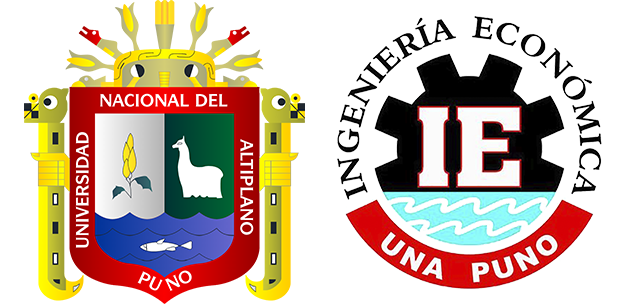Internet access and socioeconomic determinants in Peru, period 2016-2019
DOI:
https://doi.org/10.26867/se.2023.v12i1.143Keywords:
internet access, panel data, gap, socioeconomic factorsAbstract
In Peru, internet access is scarce, due to its high payment in acquisition and low coverage or broadband.
Considering that currently it has become an extremely necessary service for daily life, having an impact on
inequality in various aspects such as the acquisition of better information, communication and streamlines
processes. The main objective of this research is to evaluate internet access and identify the main socioeconomic
factors that influence internet access in Peru during the 2016-2019 period. For this, the National
Household Survey (ENAHO) was taken. a sample of 142,396 households for the analysis of internet access
and to identify the main socioeconomic factors that influence internet access 9,612 households, using the
panel data methodology. Among the main results prevails, the Coast as a region with a greater number
of households in internet access compared to the Sierra and Selva regions, likewise the urban area is the
one with more households in internet use unlike the rural one, but in In general, there are mostly more households without internet access compared to households with internet. In addition, it was obtained that
the main socioeconomic determinants that influence internet access are; household income, age of the head
of household, years of education of the head of household (positively and with a significance level of 1%) and
poverty (negatively with a significance level of 1%).
Metrics
References
Autor, D. H., Levy, F., & Murnane, R. J. (2003). The skill content of recent technological change: An empirical exploration. Quarterly Journal of Economics. https://doi.org/10.1162/003355303322552801
Becerra Víchez, S. (2019). “Análisis Econométricos del Acceso a las Tecnologías de la Información y la Comunicación en la Región Piura, 2014.”
Becker, G. (1993). Human Capital: A Theoretical and Empirical Analysis, with Special Reference to Education. Chicago, University of Chicago Press.
Botello Peñaloza, H. A. (2014). Determinantes del acceso a Internet en Colombia.
Botello Peñaloza, H. A. (2015). Determinantes del acceso al internet: Evidencia de los hogares del Ecuador. 11(2), 12–19.
Comisión Económica para América Latina y el Caribe. (2013). Economía digital para el cambio estructural y la igualdad. In Journal of Petrology (Vol. 369, Issue 1). https://doi.org/10.1017/CBO9781107415324.004
Coronado Alvarado, L. (2019). Teoría de Comportamiento del Consumidor.
Echeverría, J. (2001). Impacto Cultural, Social y Lingüístico de las Nuevas Tecnologías de la Información y las Comunicaciones.
Gujarati, D. N., & Porter, D. C. (2009). Econometría.
Huaroto De la Cruz, C. A. (2012). Efecto de la Adopción del Internet en la Productividad de las MYPE en el Perú.
Instituto Nacional de Estadística e Informática. (2019). Ficha técnica, Encuesta Nacional de Hogares sobre Condiciones de Vida y Pobreza-2019 (pp. 1–24).
Internet Society. (2017). Acceso a Internet y educación: Consideraciones clave para legisladores.
Organismo Supervisor de Inversión Privada en Telecomunicaciones. (2011). Determinantes de la demanda del servicio de Internet en la vivienda y el rol de la adquisición de PC´s como limitante del acceso. https://sociedadtelecom.pe/libros-osiptel/wp-content/uploads/2019/06/determinantes-servicio-internet.pdf
Ortiz Ruiz, H., & Ruiz Mondaca, E. A. (2014). Acceso a Internet e Impacto en los Hogares Peruanos. Una Evaluación a Partir de Microdatos. Revista de Estudios Para El Desarrollo Social de La Comunicación, 361–375. https://doi.org/10.15213/redes.n9.p361
Ponce Regalado, F., & Rojas Sifuentes, W. (2010). Promoción y desarrollo de las TIC en América Latina. In Research Report. http://www.acorn-
Downloads
Published
How to Cite
Issue
Section
License
Copyright (c) 2023 HEYLI ERCY HUMPIRI MAMANI

This work is licensed under a Creative Commons Attribution 4.0 International License.














